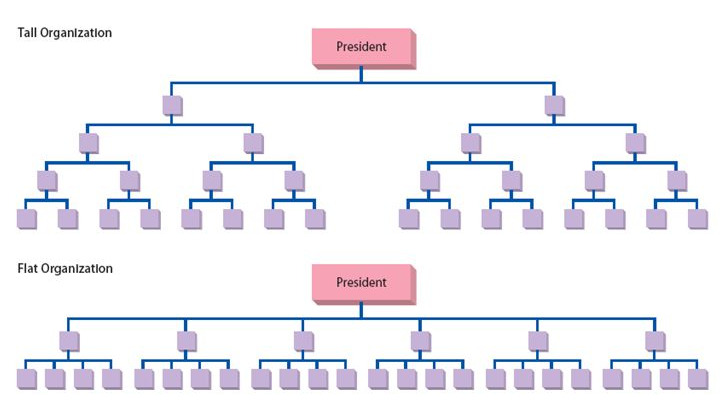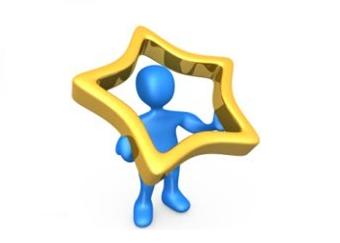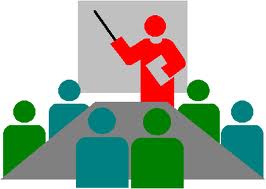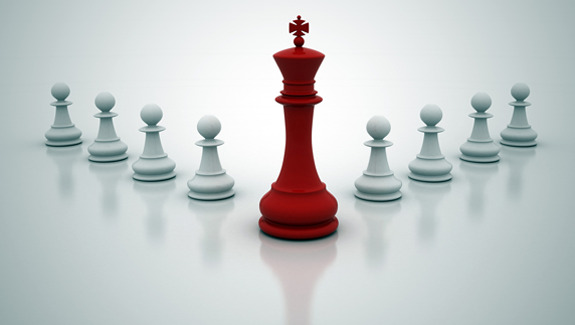The concept of organization is born when two or more people work together in order to achieve a common goal. Purpose of an organisation is to create responsibilities and positions by which an organisation can carry out the work. Organisation may be formed in different sizes. All people working in the same organisation have their own functions, attitudes and techniques to apply for achieving their common goal. In order to manage and control the resources, an organisation needs to be structured. Organization structure is formal system that makes the organisation to run smoothly and helps to focus the common goals and objectives. It gives a clear idea about the chain of command that need to be prioritized when a problem arise. It also defines what people are responsible in the organisation for different reasons. A solid structure provides the framework to deliver on business strategy. The structure of an organisationContinue reading
Management Theories
Concept of Reinforcement in Organizational Behavior
Reinforcement is the attempt to develop or strengthen desirable behavior. There are two types of reinforcement in organizational behavior: positive and negative. Positive reinforcement strengthens and enhances behavior by the presentation of positive reinforcers. There are primary reinforcers and secondary reinforcers. Primary reinforcers satisfy basic biological needs and include food and water. However, primary reinforcers don not always reinforce. For instance, food may not be a reinforcer to someone who has just completed a five course meal. Most behaviors in organizations are influenced by secondary reinforcers. These include such benefits as money, status, grades, trophies and praise from others. These include such benefits as money, status, grades, trophies and praise from others. These become positive reinforcers because of their associations with the primary reinforcers and hence are often called conditioned reinforcers. It should be noted that an event that functions as a positive reinforce at one time or in oneContinue reading
Components of Learning Process
Learning is an important psychological process that-determines human behavior. Learning can be defined as “relatively permanent change in behavior that occurs as a result of experience or reinforced practice”. There are four important points in the definition of learning: Learning involves a change in behavior, though this change is not necessarily an improvement over previous behavior. Learning generally has the connotation of improved behavior, but bad habits, prejudices, stereotypes, and work restrictions are also learned. The, behavioral change must be relatively permanent. Any temporary change in behavior is not a part of learning. The behavioral change must be based oh some form of practice or experience. The practice or experience must be reinforced in order so as to facilitate learning to occur. The components of learning process are: drive, cue stimuli, response, reinforcement and retention. Drive: Learning frequently occurs in the presence of drive – any strong stimulus that impelsContinue reading
Goal-Setting Theory of Motivation
This approach to motivation has been pioneered in the USA by Edwin Locke and his associates in 1960s and refined in 1980s. Goal-setting theory of motivation suggests that managers and subordinates should set goals for an individual on a regular basis, as suggested by Management by Objectives (MBO). These goals should be moderately difficult and very specific and of type that an employee will accept and make a commitment to accomplishing them. Rewards should be tied directly to accomplished goals. When involved in goal-settings, employees see how their effort will lead to performance, rewards and personal satisfaction. Salient features of Goal-setting theory of motivation are as follows: Specific goal fixes the needs of resources and efforts. It increases performance. Difficult goals result higher performance than easy job. Better feedback of results leads to better performances than lack of feedback. Participation of employees in goal has mixed result. Participation ofContinue reading
Concept of Power in Management
Power in Management Power is easy to feel but difficult to define. It is the potential ability of a person or group to influence another person or group. It is the ability to get things done the way one wants them to be done.Both formal and informal groups and individuals may have power; it does not need an official position or the backing of an institution to have power. Influence can take many forms. One person has influenced another if the second person’s opinions, behavior or perspectives have changed as a result of their interaction. Power is a factor at all levels of most organizations. It can be a factor in almost any organizational decision. Power and Authority Sometimes power and authority is used synonymously because of their objective of influencing the behavior of others. However, there is difference between the two. Power does not have any legal sanctity whileContinue reading
Building Effective Teams
An effective team is one which contributes to the achievement of organizational objectives by performing the task assigned to it and providing satisfaction to its members. Team effectiveness depends on the complementary of team members, other factors remaining the same. From this statement, it appears that there are many factors in effective teams. These factors are skills and role clarity, supportive environment, super-ordinate goals and team rewards. Let us see how these factors make effective teams. Skills and Role Clarity: For an effective team, two things are required from its members; skills which are complementary to the team requirement and understanding of one’s own role as well as roles of other members. While skills are relevant for job performance, understanding of roles helps members to meet the requirement of one another thereby solving the problems which the team faces. Thus, team members may tend to contribute positively to the teamwork.Continue reading





